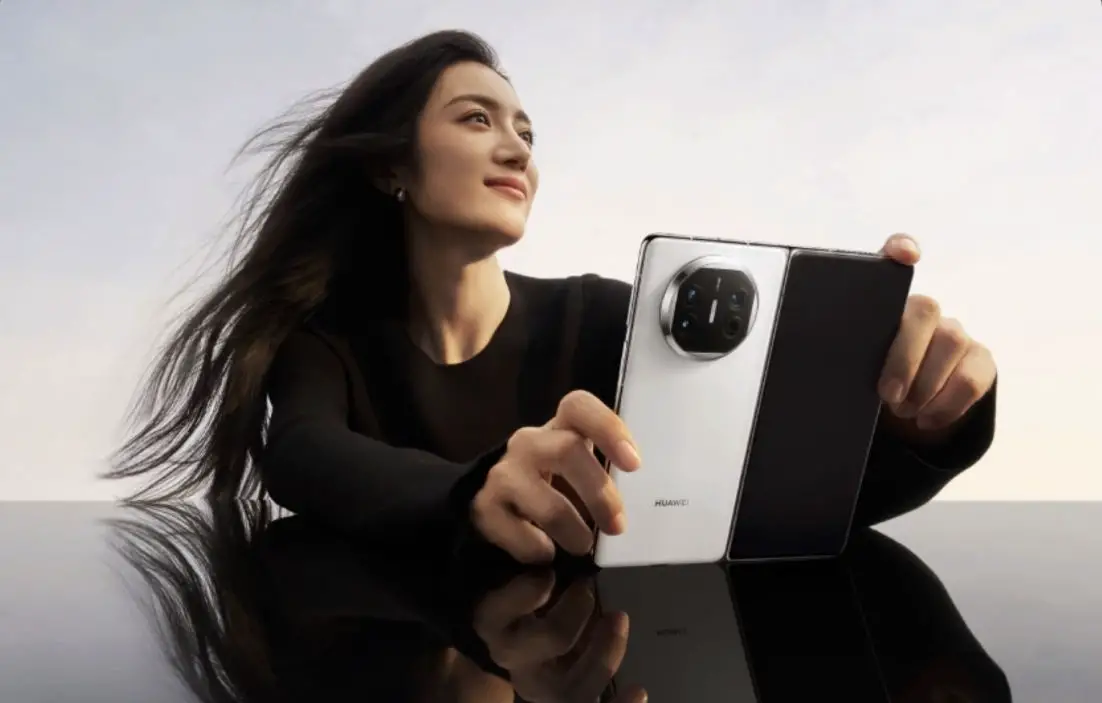
At the Huawei HDC 2024 conference, the company officially announced the next iteration of their smartphone operating system, HarmonyOS NEXT. We know that Huawei has created its own OS in the form of HarmonyOS, but this particular version will essentially get rid of all traces of Android for good.
According to the report from GizmoChina, the new Huawei HarmonyOS NEXT platform will bring about some major changes. For starters, it is built using its own Hongmeng kernel. Prior to this, Huawei still leveraged the Linux kernel and the AOSP codebase. This is why it still felt a bit like Android and had support for Android apps up to a certain point.
With this change, it will be a brand new operating system created entirely by Huawei. This means that moving forwards, the war will no longer be between just iOS and Android. It will introduce a potential new competitor with HarmonyOS NEXT. The company claims that its new system architecture boasts a 30% improvement in performance and 20% reduction in power consumption.
Huawei's platform won't just be for smartphones. The company is envisioning it powering a variety of devices. Developers will also need to create one version of their app and it will work across multiple devices. The new platform is still in development and is available to a limited number of beta testers in China. Huawei expects to release in in Q4 2024.

For most of the western market, Huawei may no longer be a brand that people talk about. With the company facing sanctions from the US government and its allies, Huawei's operations have been negatively affected. But it looks like the company is bouncing back, especially in the foldables market where Huawei has dethroned Samsung.
This is according to a report from Counterpoint Research. According to their latest figures, Huawei is now the biggest foldable phones maker in the world. In Q1 2023, Huawei commanded 14% of the market. This was but a fraction of Samsung's own market share which stood at 58% at that time.
Interestingly, for Q1 2024, the tables have turned. It seems that Huawei now commands a whopping 35% of the foldables market, while Samsung has dropped to 23%. This is quite an insane 180 because if the numbers are accurate, Samsung has lost more than 30% of the market to its competitors.
In a way we can't say we're too surprised. Many of Samsung's competitors have put out foldable phones that are more affordable. The Motorola Razr 2023 is a good example, where if you're more interested in the form factor rather than pure performance, it is an excellent alternative.
This is also why we're not surprised to hear the rumors that Samsung could be working on a more affordable foldable handset. Samsung will announce its new foldable phones in an event rumored for July. Hopefully we'll have more details about its cheaper foldable phone then.

A while back, Huawei unveiled its new Pura 70 series smartphones, consisting of four different devices which include the Pura 70, 70 pro and Pro+, and 70 Ultra. With that being said, the new phones are now available for buyers in Europe, although there's a small catch.
It should be noted that for some reason, Huawei has decided not to launch the Pura 70 Pro+ model, and instead the manufacturer will only be selling the three other devices in the region. The phones were initially launched in China a while back.
In terms of display specifications, the base model Pura 70 has a 6.6-inch screen, while the Pro and Ultra models pack larger 6.8-inch screens. The phones also offer an adaptive refresh rate that can reach up to 120Hz, in addition to what Huawei calls "AI HDR" that enhances the visual experience by optimizing the high dynamic range for media and content. All phones in the series are IP68 certified, ensuring water and dust resistance.
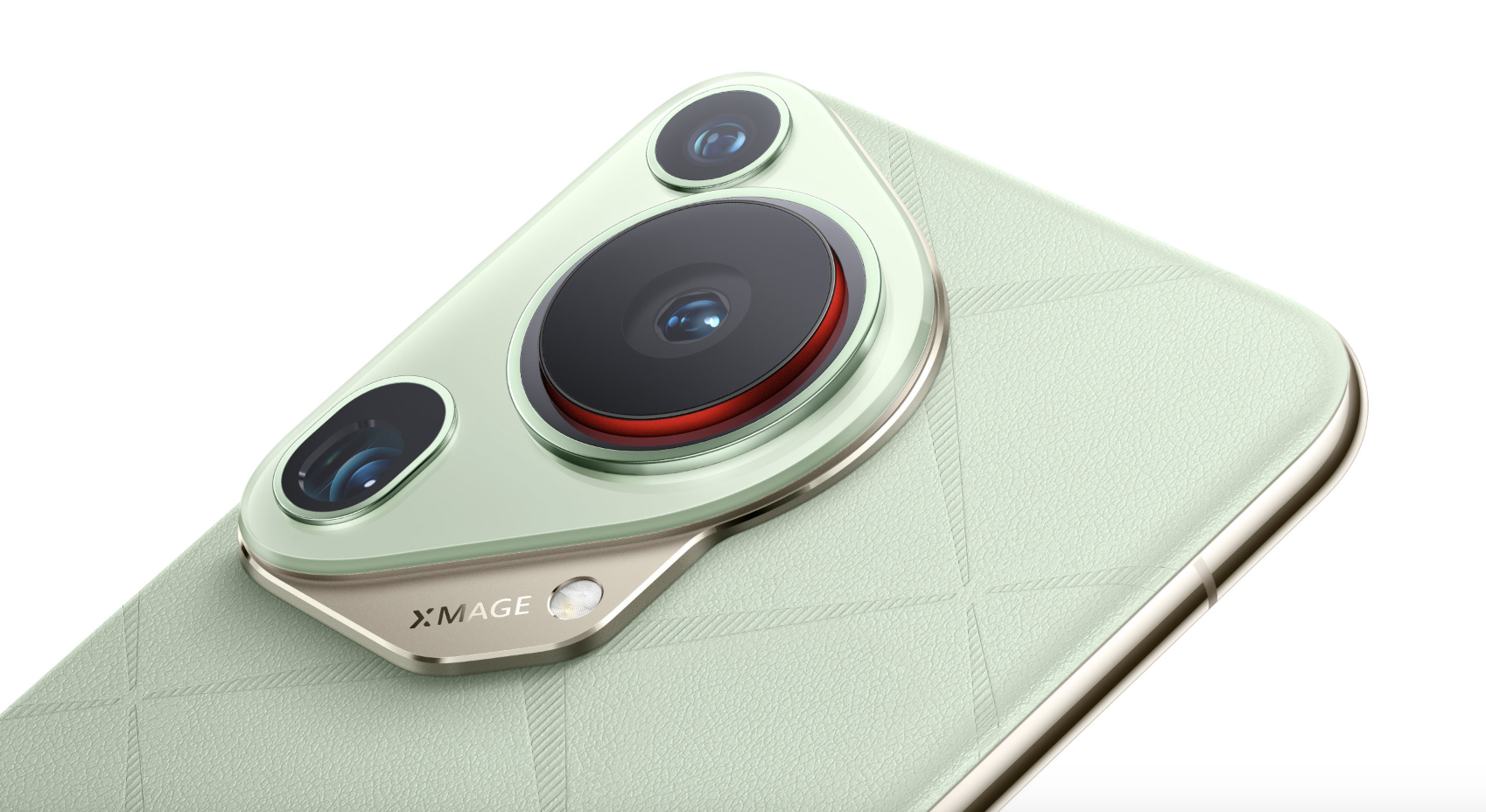
With the Pura 70 Ultra, Huawei has included an "Ultra Lighting Pop-Out Camera" which extends during use with the help of an Advanced Rotatory Transmission System. This allows for a larger 1-inch sensor and a wider F1.6 aperture within a remarkably thin 8.4mm phone body.
Under the hood, all three phones run on Huawei's EMUI 14.2 operating system and are powered by the company's Kirin 9010 chipset. Storage configurations vary depending on the model, with the Pura 70 Ultra offering the most options, reaching up to a massive 1TB paired with 16GB of RAM. The Pro and base model offer 1TB of storage with 12GB of RAM.
The Huawei Pura 70 series is now available for pre-order in Europe, starting at €999 for the base model, €1,199 for the Pro version, and €1,499 for the high-end Pura 70 Ultra.
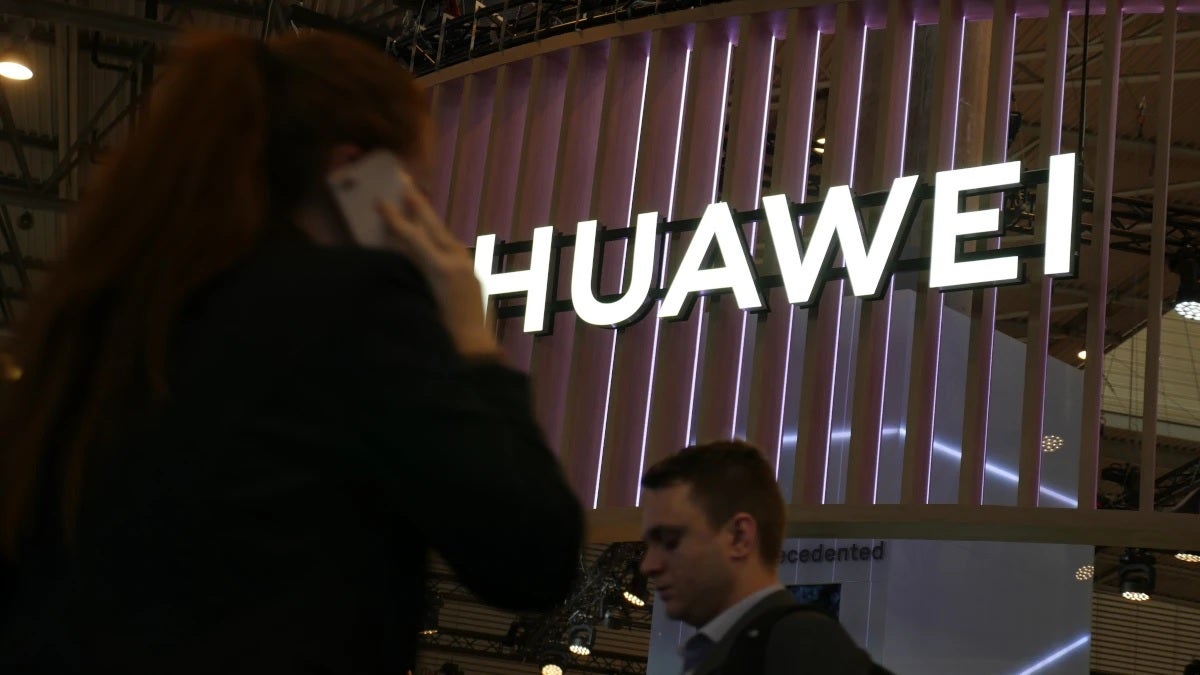
Huawei is back to its old schedule of releasing two flagship series each year. The photography-based "P" series is usually released during the first or second quarter and the technologically advanced Mate line hits the market late in the year. Now that Huawei has China's largest foundry SMIC, able to produce Kirin chips for it, the manufacturer can return to this schedule.
Huawei is expected to soon introduce the P70, P70 Pro, and P70 Art and it now appears as though the Kirin 9000s application processor (AP), running at faster clock speeds, will be powering the top-of-the-line P70 Art model. Previously it appeared as though a completely new AP would be used for the P70 Art, but that no longer seems likely.
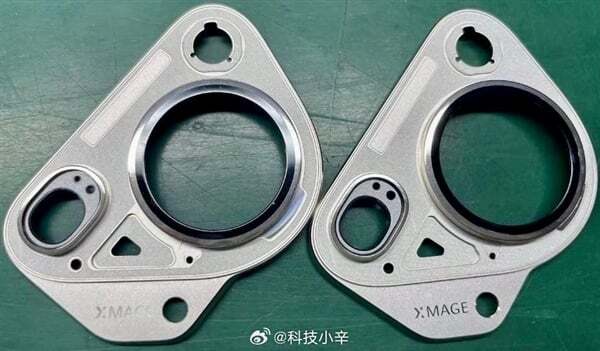
The "P" used on the P-series flagships released by Huawei stands for "photography." These phones usually take great photos. Recently the camera island for the back of the P70 Art was allegedly leaked and it has a shape that is even more unique than the one on last year's P60 Art model. Per Gizmochina, the P70 Art will employ the largest image sensor ever used on a Huawei phone. This would be the Sony IMX989 "1-inch" sensor. The rear camera array should also offer the variable aperture feature that Huawei has included with its flagship phones of late.
The P70 Art might sport a new satellite communications system that will allow users to communicate via messaging and satellite calls from anywhere on the planet, even in the most remote parts of the world where traditional signals cannot be received. Based on the recent Geekbench test, the Kirin 9000s running the P70 Art will have one CPU core with a clock speed of up to 3.19GHz, three performance CPU cores clocked as fast as 2.75GHz, and four efficiency cores with a clock speed that tops out at 2.02GHz. The P70 Art should come with 12GB of RAM and we could see a 6.8-inch 2.5D 1.5K LTPO display with a quad-curved design.
Originally we had heard that the unveiling of the P70 series was supposed to take place on April 2nd, but the latest rumor states that the event was canceled leading to a delay in the unveiling of the P70 series.
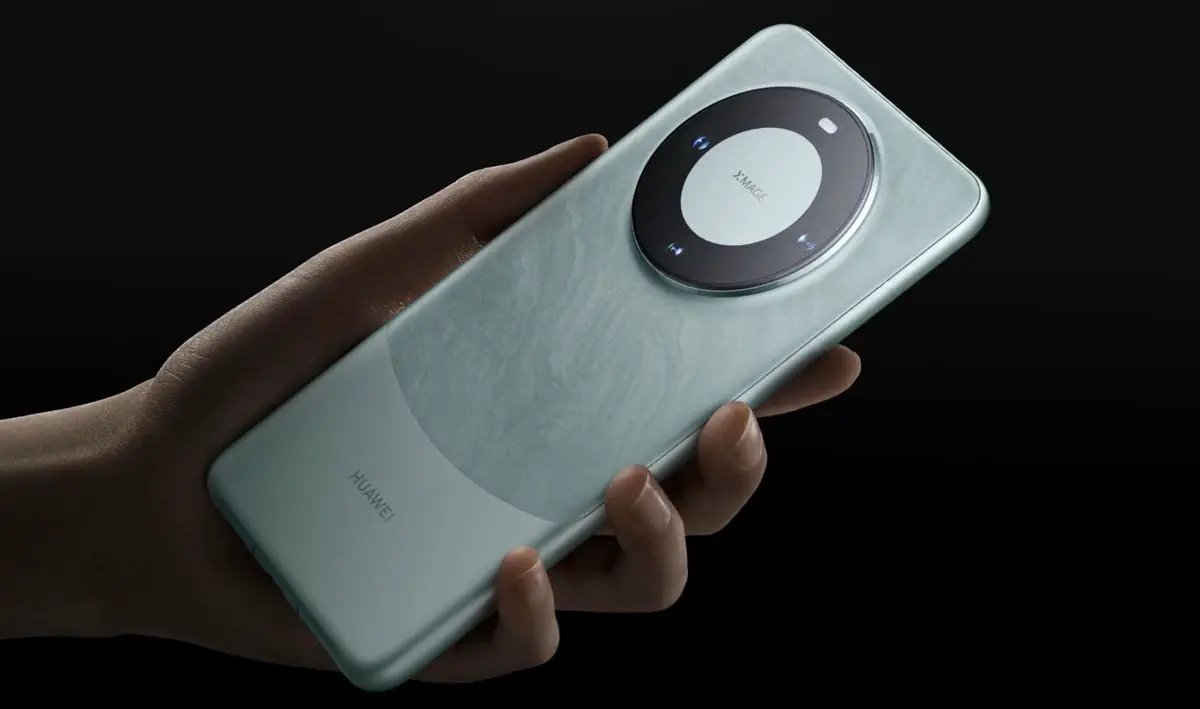
While Huawei might have taken a backseat on the international front, the company is still producing handsets for the local Chinese markets and parts of Asia. Last year, the company surprised us with the launch of the Mate 60 series which came with a custom 5G chipset, and it looks like they will be carrying on that tradition with the Huawei P70 series.
According to a report from GizmoChina, benchmarks for the upcoming P70 series have made their way online. It shows the performance we can expect from these phones, which are alleged to be powered by the same Kirin 9000 series of chipsets found in the Mate 60 phones.
The benchmarks reveal two potential P70 phones - the base model and the Pro model. Both phones scored differently in terms of performance. The base model got a single-core score of 1,243 while on the multi-core front, it managed 3,840 points. As for the P70 Pro, it managed 1,348 points on single-core and 4,114 points on multi-core.
For context, this is lower compared to other flagship chipsets like the Qualcomm Snapdragon 8 Gen 3. To be fair, the chipset is apparently built on the 7nm process, far behind what Qualcomm uses. But it does show that Huawei is clawing its way back and we're sure that given time, Huawei's phones have the potential to become competitive again.
© 2023 YouMobile Inc. All rights reserved





